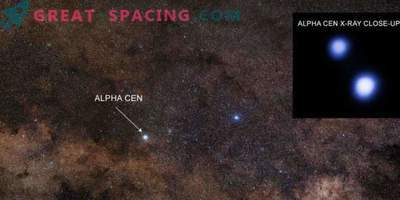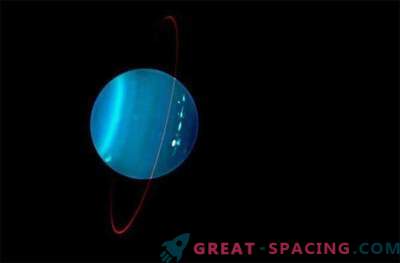
In 2018, scientists learned that Barnard's star (the second star system closest to us) has a frozen super-earth. A new study suggests that in this cold world, primitive life may have a chance of survival.
The Barnard b (GJ 699 b) super-earth is the second closest exoplanet found outside the solar system at a distance of 6 light years. It rotates around a native star in the Sun-Mercury distance, but the surface of the world is incredibly cold (-170 ° C), because the star is represented by a relatively dim red dwarf. It provides the planet with only 2% of solar energy.
Analysis shows that Barnard b may have a hot liquid iron core that creates geothermal energy. Due to this, the planet is capable of supporting life zones below the surface, resembling underground lakes found in Antarctica. Any life in these heat sources should be quite primitive. Scientists also seek to check for the existence of life in the subsurface oceans of the satellites of Europe and Enceladus. It has already been noted that the temperature on icy Europe resembles Barnard's indicators b, but due to tidal heating, the first one probably has liquid oceans under the ice crust. The findings are based on 15-year high-precision observations of the Barnard star.
It is worth recalling that closer to us is the planet Proxima b, distant by 4 light years. It revolves around the red dwarf Proxima Centauri. But the problem is that the star periodically “covers” the world with sterilizing star flashes.
But Barnard's star is an old red dwarf and rarely “attacks” the planet. The only bad thing is that the last dangerous flash was observed only 20 years ago. One can only hope that possible primitive newcomers to Barnard b have not suffered.











































